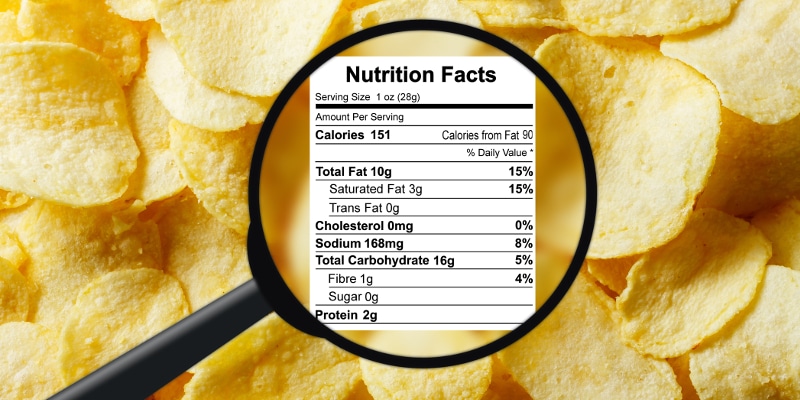The US Food and Drug Administration (FDA) recently released revisions to the Nutrition Facts label, which has graced the back of packaged foods for more than 20 years, according to Northern Plains Potato Growers Association.
The new label requirements are mostly good news for potatoes, especially the required inclusion of potassium, which will increase awareness of this important nutrient and highlight the content of potatoes (relative to other foods in particular). The FDA has made adjustments to its recommended Daily Values (DVs) of many nutrients, including several that appear on the potato nutrition label. This will change the percentage of DVs listed on the label for those below:
- Fiber: 7% (previously 8%)
- Calcium: 2% (previously 2%)
- Iron: 6% (previously 6%)
- Potassium: 13% (previously 18%)
- Vitamin C: 30% (previously 45%)
- Vitamin B6: 12% (previously 10%)
Although none of these changes impacts the “claims” that can be made in terms of “a good or excellent source of”, any call-outs on packaging will need to be adjusted to reflect these new DV percentages.
Other notable changes to the new label include:
- A slightly retooled design to better emphasize calories by making the font larger and bolder.
- Serving sizes that more closely reflect what people actually consume today. Serving sizes will now be based on the “reference amount customarily consumed” or RACC. For multi-serving food products that could either be consumed in one or multiple sittings, a dual column label with be used to indicate the nutrition information “per serving” and “per package”.
- The inclusion of “added sugars” in both grams and % DVs to help consumers know how much sugar has been added to the product. According to the 2015-2020 Dietary Guidelines for Americans, less than 10% of total calories should come from added sugars.
- The substitution of vitamins A and C with potassium and vitamin D in both milligrams and % DV. Iron and calcium will remain. This change reflects the fact that potassium and vitamin D were identified as “nutrients of concern” in the 2015-2020 Dietary Guidelines for Americans.
- Updated % DVs for sodium, dietary fiber and vitamin D, which are consistent with the Institute of Medicine recommendations and the 2015-2020 Dietary Guidelines for Americans.
- The removal of “calories from fat”, following on from research indicating that the type of fat is more important than the amount. Nonetheless, “total fat”, “trans fats” and “saturated” fat will remain.
Most food manufacturers will be required to use the new label by July 26, 2018. Manufacturers with less than USD10m in annual food sales will have an additional year to comply with the new rules.
Source: potatobusiness.com











